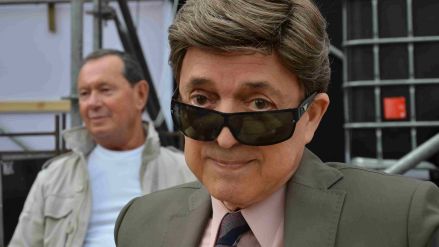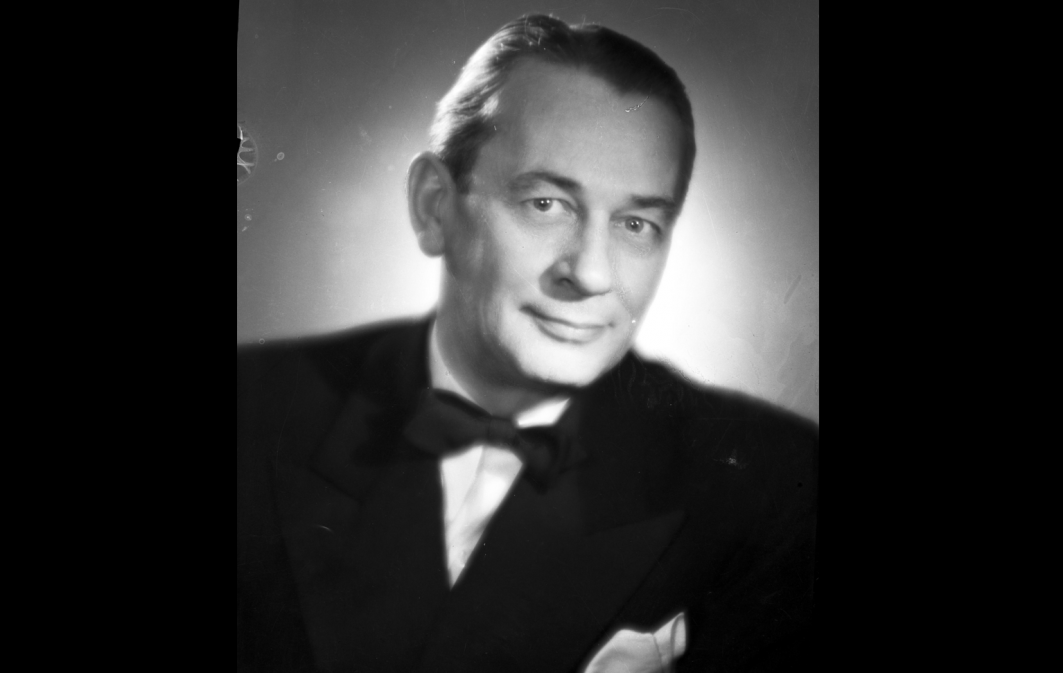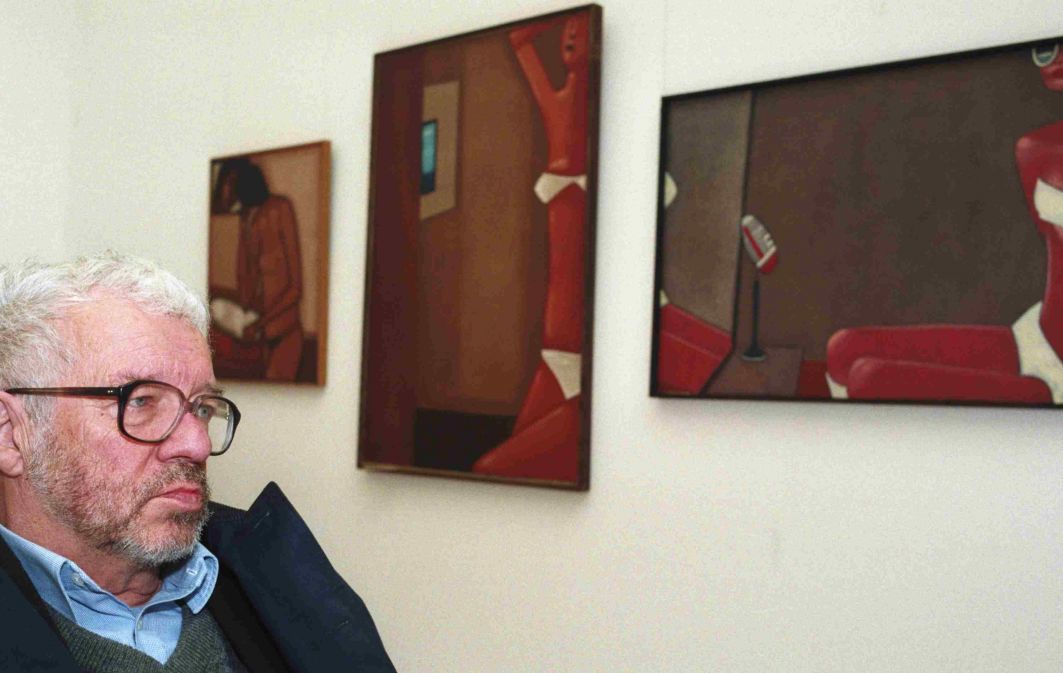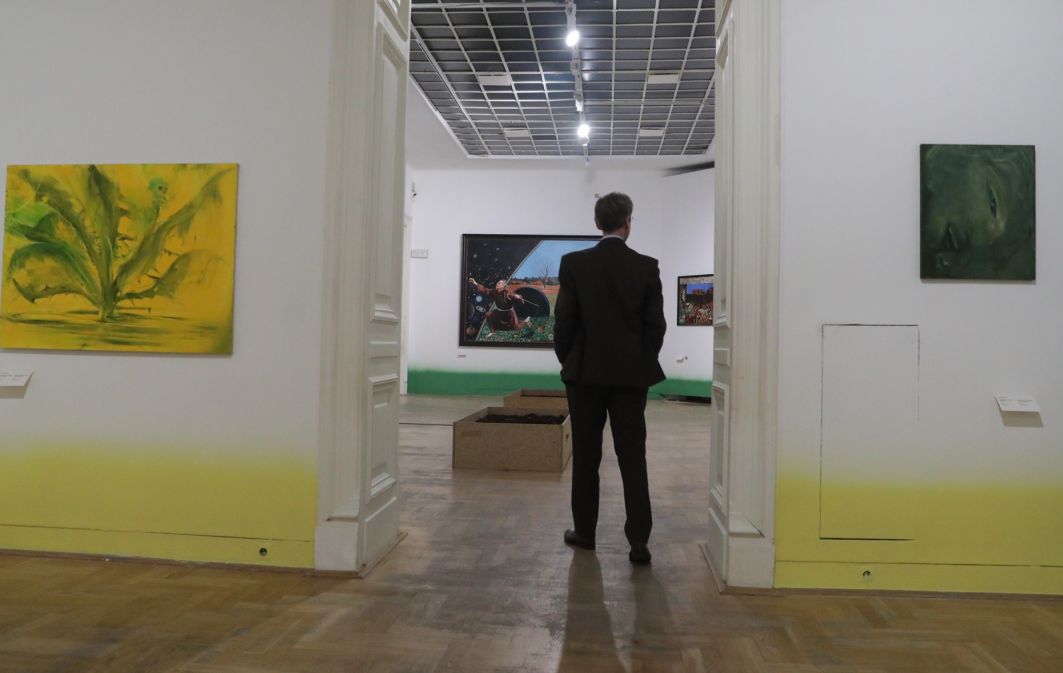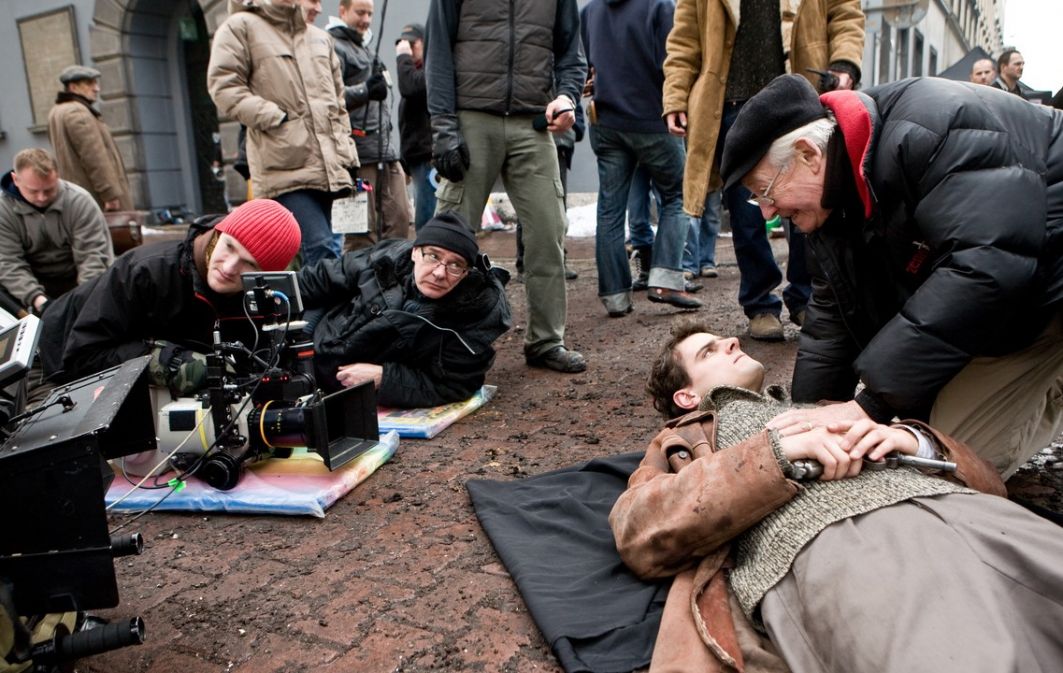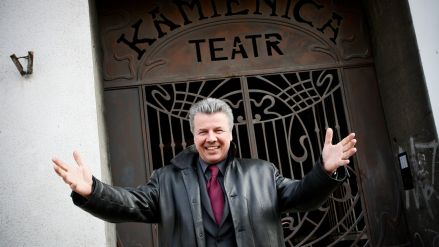
At the Home Theatre, Emilian Kaminski presented "Jaruzelski's smear". The audience reeled with laughter.
see more
Not only ladies, but also the uglier sex, were impressed by the lifestyle of the communist bohemia.
Jonasz and his gang didn’t distinguish between working hours and sleeping hours. Money didn’t matter either – a lot could be done with a face (known for something), charm, ingenuity and the so-called “uhlan fantasy”. Is it any wonder that sobriety did not suit these (still) young people who were above the average?
Goodbye
I watched this concert a couple of times, it’s on YouTube. The year 1977, gala concert of the 15th National Festival of Polish Song in Opole.
”Nastroje, nas troje”.
This trio are Agnieszka Osiecka, Wojciech Młynarski and Jonasz Kofta. The best as far as sung word in concerned. They had a bit of a rivalry with each other, but they never spoke badly of each other.
“Triple bottom show”, as the announcement read. On the stage, at a common, lavishly set table (of course, during the concert consumption disappears, no one has ever seen such scenery!), authors, performers, musicians and composers sit down. It’s a great improvisation. At the same time, each of the “three of us” talks about themselves, about their stage/artistic path. The event was hailed as the best show of festivals in Opole.
The originator of the idea was Mariusz Walter, the then head of the TV studio Studio 2. However, there were also merits of Jonasz Kofta, who was immediately enthusiastic about the concept so different from the usual festival correctness. It was he who persuaded two of the remaining three authors, who are still considered unsurpassed masters, to perform together.
Only stars appeared on the stage, and these three authors, at the same time announcers, storytellers, actors, heroes of the evening. It was Kofta’s scenic crescendo. And that’s how I want to remember him.
– Monika Malkowska
– Translated by Dominik Szczęsny-Kostanecki
TVP WEEKLY. Editorial team and jornalists
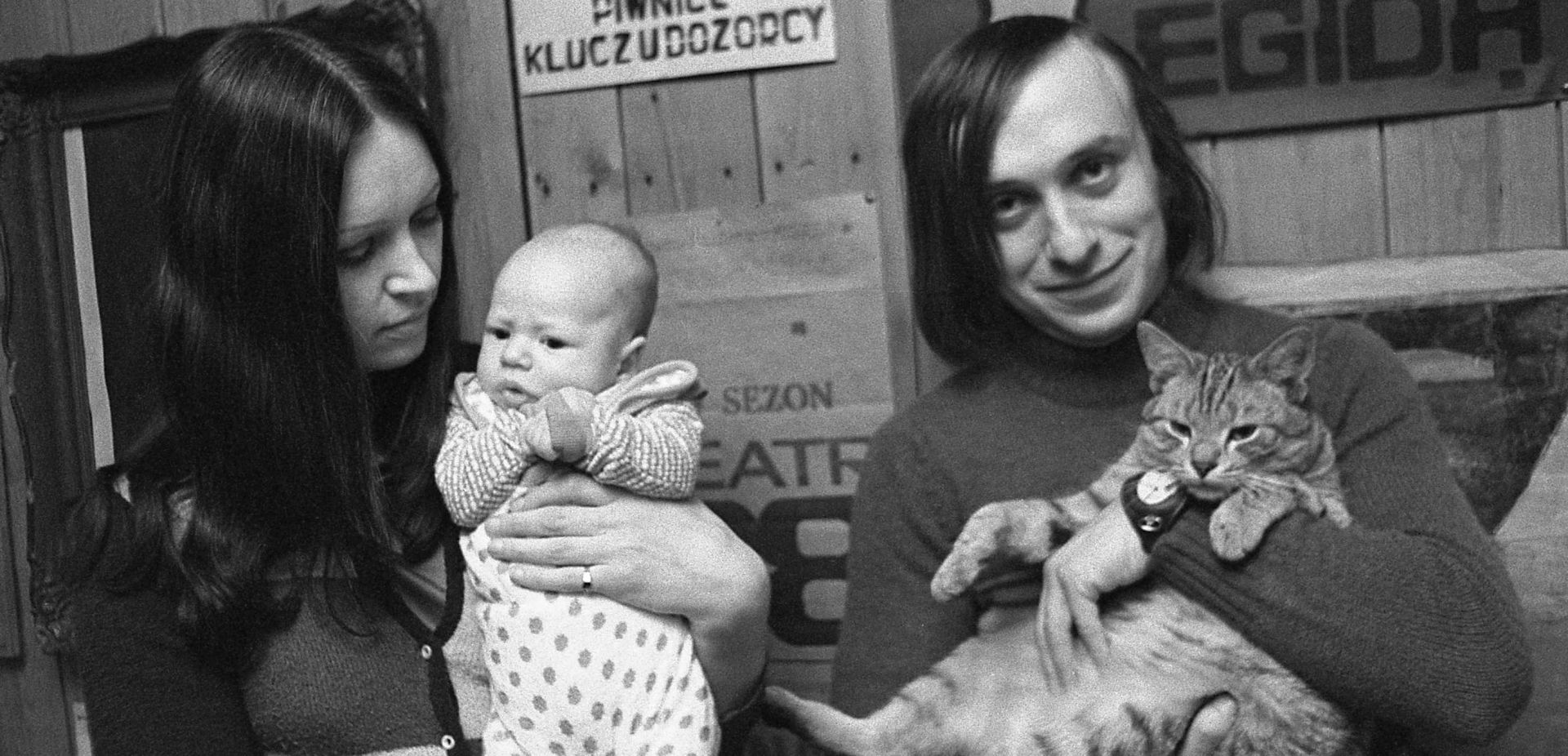
 SIGN UP TO OUR PAGE
SIGN UP TO OUR PAGE
 As a matter of fact he provoked his death in a way – by coming to terms with it, by inviting it.
As a matter of fact he provoked his death in a way – by coming to terms with it, by inviting it.